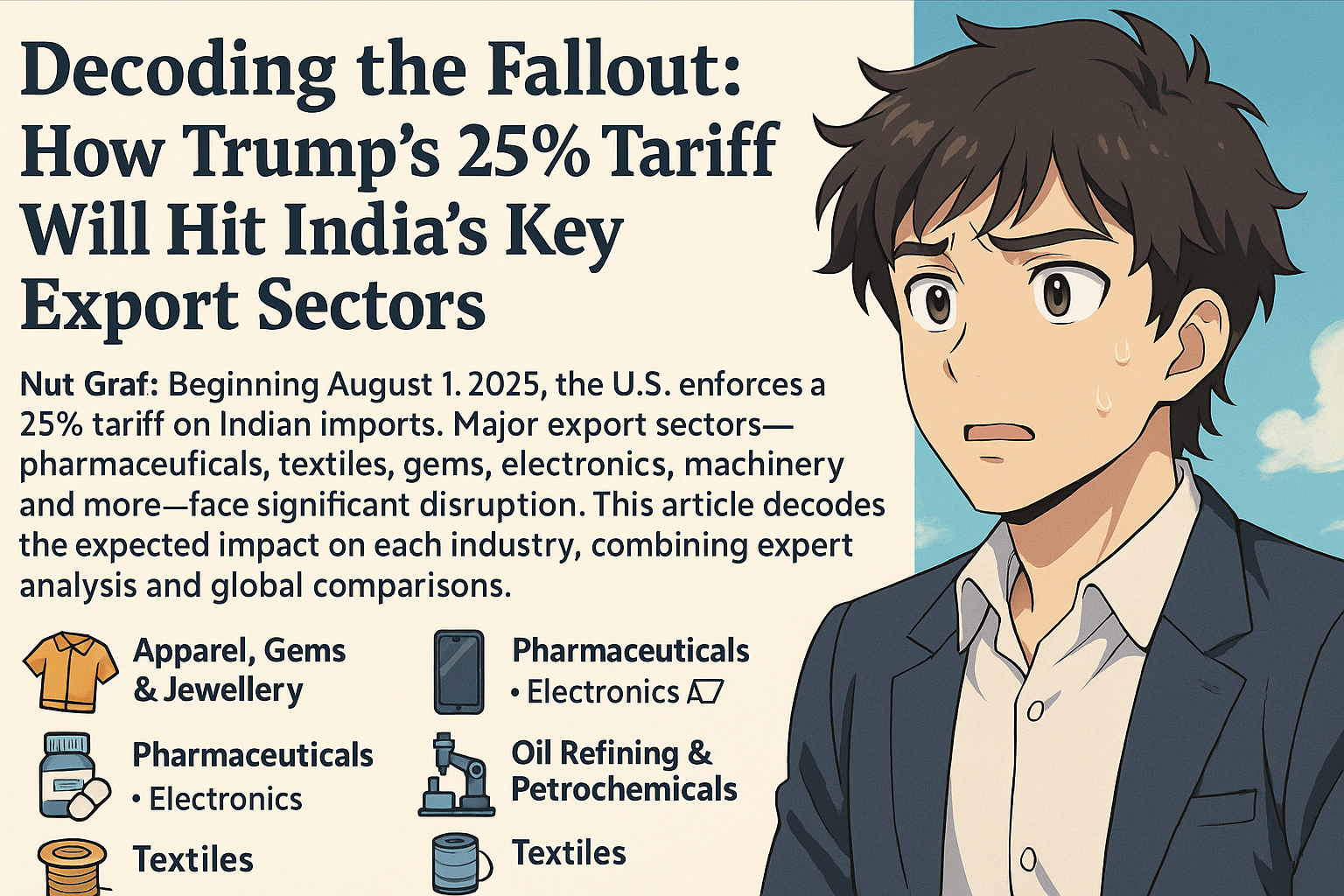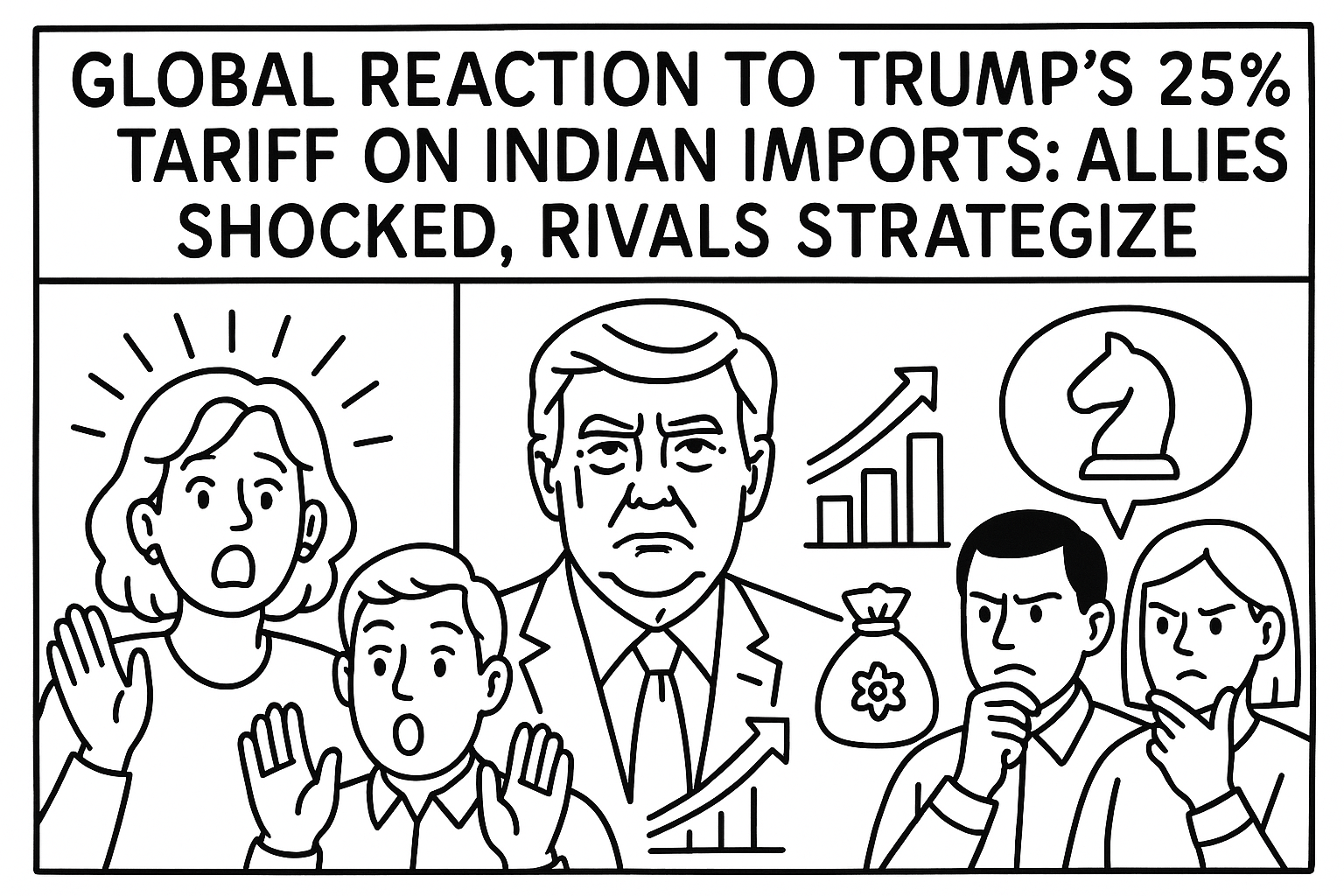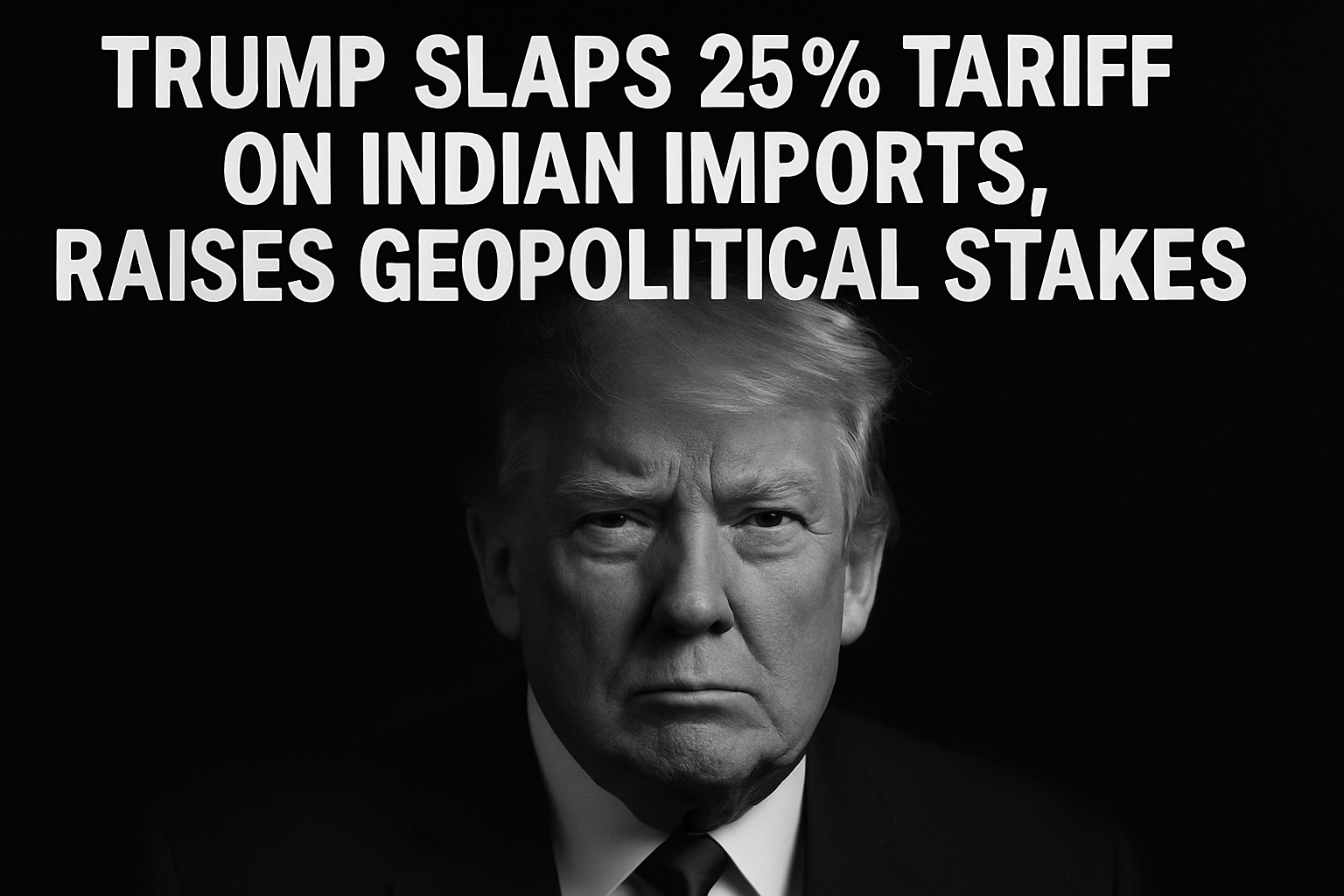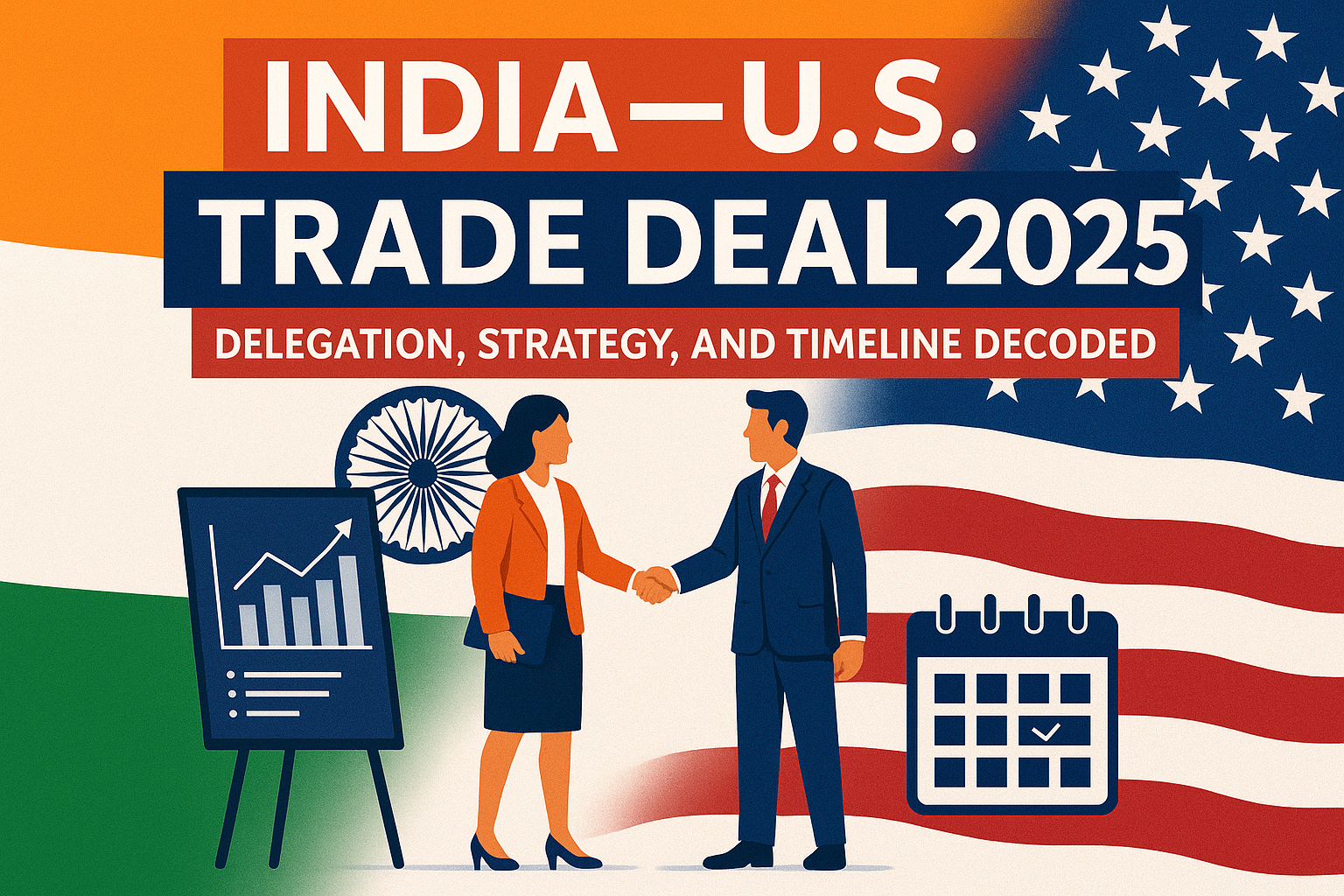India-us-trade-deal
Explore the details of the India-US trade deal, its key agreements, and how it will benefit both economies in the long run.
The recently concluded India–US trade agreement has been touted as a landmark moment in global diplomacy, business, and tech cooperation. But what exactly does this deal entail, and how will it impact the everyday lives of Indians and Americans? RagaDecode breaks it down in simple terms.
After years of back-and-forth negotiations, both countries have finally inked a strategic deal focused on tariff relaxations, market access, digital economy frameworks, and clean energy partnerships. The deal comes at a time when India seeks to assert itself as a manufacturing alternative to China, while the US looks to strengthen its geopolitical and trade influence in South Asia.
One of the most talked-about aspects is the relaxation of tariffs on key exports. Indian textile and pharma industries will now face fewer barriers in the US market, while American agricultural goods and defense equipment will have smoother entry into Indian markets. This mutual easing of restrictions is expected to boost bilateral trade volumes, which already stand at over $160 billion.
Tech transfer agreements—especially in semiconductors, AI, and cybersecurity—will enable Indian startups and engineering hubs to access American know-how, while also creating jobs in both nations. From IIT campuses to Silicon Valley, collaborations are expected to spike.
Crucially, the agreement includes clauses for dispute resolution, e-commerce regulation, and climate commitments. Solar panel exports, clean hydrogen research, and carbon tracking will now form part of trade conversations—not just tariffs.
But not everyone is cheering. Farmer unions in India are skeptical about increased US agro imports impacting domestic prices. Similarly, small US manufacturers fear cheaper Indian goods may flood their markets. Political analysts also point to strategic strings attached—particularly on defense deals and intellectual property frameworks.
Despite mixed reactions, this deal is widely seen as a realignment of global trade narratives. It places India at the heart of supply chain shifts, while giving the US a reliable partner in a volatile geopolitical region.
At RagaDecode, we simplify such global agreements and explain what they mean in real terms—jobs, products, prices, and people.






